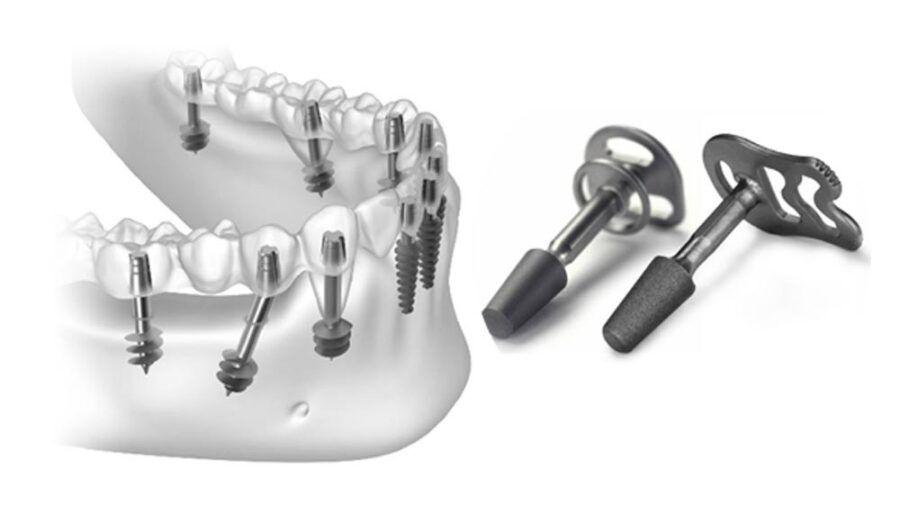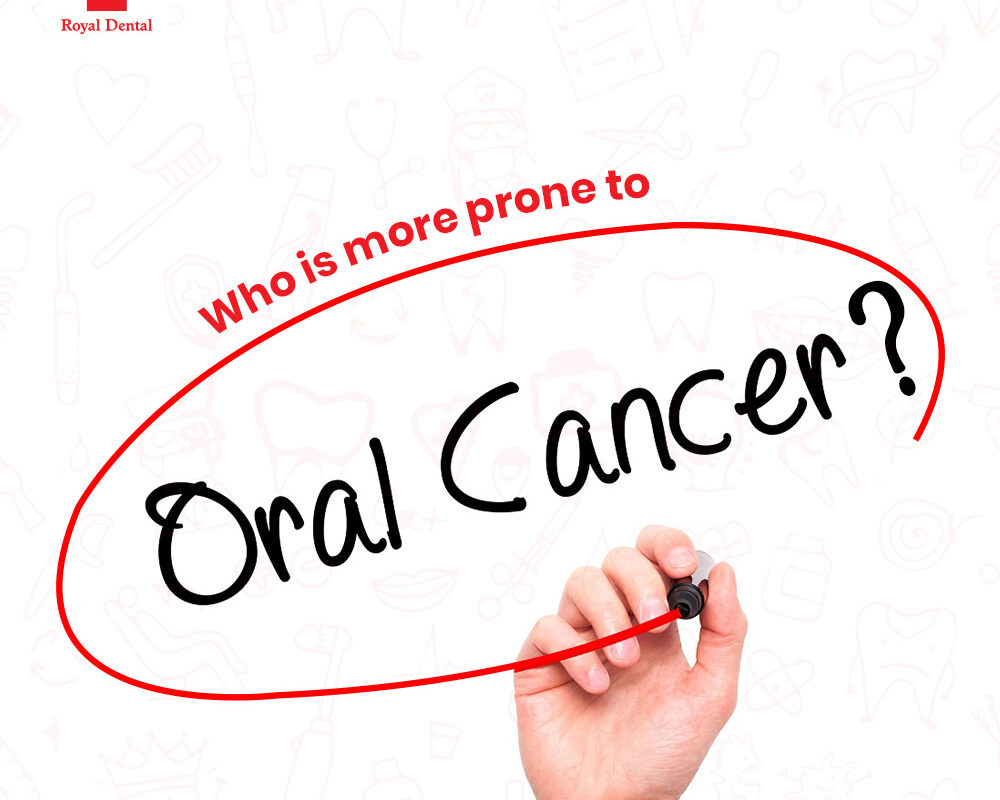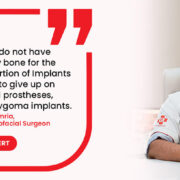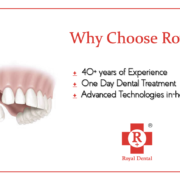Rehabilitation is the process of restoring and remodeling of the hard and soft tissue, all in order to replicate the function and aesthetics. Usually carried either during cancer removal or at-least after 1 and a half years. Complete rehabilitation of all oral functions, following treatment for cancers should be an ultimate goal which is sometimes difficult to achieve in all patients. Oral Cancer Awareness is of paramount importance.
Small benign tumours treated through a simple surgical process. Whereas invading tumours involve the jaw bone requiring resection of some parts.
Oral Rehabilitation after Cancer includes:
- Restoration of mouth aesthetics.
- Reconstruction of facial contour.
- Retaining or restoring lip function.
- Regaining clarity of speech.
- Restoring stable dentition.
- Restoring the ability to swallow .
Tumours and Bone Grafts
Benign primary tumours may not require any surgical resection. Whereas advanced carcinomas requires major ablative surgery, reconstructive surgery and adjuvant therapy with radiation or chemotherapy or both. Furthermore, Advanced tumors involving the mandible or adjacent to the mandible require either marginal or segmental mandibulectomy with loss of teeth and teeth bearing bones.
Bone grafting where the bone during cancer therapy. Bone grafts provide adequate bone for placement of dental implants. Above all,
It not only replaces the lost bone but it also has an osteogenic property for new bone formation. There are various bone graft materials and these are used according to patient specific needs.
Immediate implant placement without bone grafting. Proper case selection and planning is necessary for the same.
Dr Chirag Chamria
Facial defects
For facial defect rehabilitation, a multidisciplinary approach is necessary. In addition,
Cranio-facial prosthesis helps to restore facial defects such as loss bone near the eye, ear or nose. This improves the patient’s quality of life and esthetic appearance.
In cases where the lower jaw is removed, inter-maxillary fixation is done post-surgery. It done to restrict mandibular movements and to control occlusion. Along with which, reconstruction of bone taken from another area of the body like fibula. The segments together with the help of reconstruction plate and screws. Furthermore,
during the same process, dental implants placed.
Options in Oral Cancer Rehabilitation Awareness:
Removable Dentures
In cases where the upper jaw resection done, maxillofacial prosthesis like obturator constructed. This done to separate oral cavity from nasal cavity. It helps the patient in speech and eating. Cancer affected jaw rehabilitation includes reconstruction of dental and maxillofacial defects to restore mastication and aesthetics. This helps to improve quality of life and boosts the moral for cancer patients.
Dental Implants with Fixed Teeth
After restoring the jawbone through bone augmentation, dental implants to restore the physical appearance and function of the mouth. In dental implants, implant fixtures take the place of the root of a tooth. Instead of resting on the gum line like dentures, the implants placed into the jawbone to mimic the root of a tooth. During osseointegration, the biocompatible implants fuse with the surrounding jawbone. Hence,
once the root is in place, the dentist or surgeon attaches a new life-like tooth to complete the restoration process.
Dental implant treatment requires extensive planning and preparation to be successful. Some dentists will spend significant time shaping impermanent implants or placing customized healing abutments to help contour the soft tissues.
Tilted Dental Implants
Tilted implants are suggested to be useful in the treatment of edentulous jaws avoiding the bone augmentation procedures and the involvement of anatomical structures during surgery. Furthermore,
tilting of distal implants in full-arch rehabilitation allows to reduce cantilever length and to augment the anteroposterior distance between the most anterior implant emergence and the most posterior ones. Tilted implants placed mesially or in direct contact with the mesial walls of the maxillary sinus, without invasion or rupture of the Schneiderian membrane.

Furthermore, this procedure is validated by the Scientific literature in terms of implant success of survival rate both in short and in medium term. In addition, anatomical structures like maxillary sinus can be bypassed by tilting implants at an angle, thus eliminating bone /sinus augmentation procedures and sinus lifting. They provide better load distribution. Longer implants can be used.
Conclusion to Oral Cancer Awareness
With the advent of advanced imaging like CBCT; a 3D-scan of your cancer affected jaw can now be printed on a 3D printer. With this accurate mouth surgery; replacement of teeth is now possible within a few hours. A customised, surgical plan prepared in biocompatible materials and implanted in the patient for accurate results.
Aim is to not to ‘Fight Cancer’; Rather ‘Reconstruct what is lost’.
Dr Chirag Chamria
SAPTeeth enables dentists to provide teeth immediately with a higher success rate. In conclusion,
earlier you would lose your cancer affected jaw and find difficulty in eating with compromised looks. Now you may have an acceptable solution for replacement of your cancer affected jaw and teeth with this revolutionary CAJTeeth technology.







very very good to royal dantel clinic